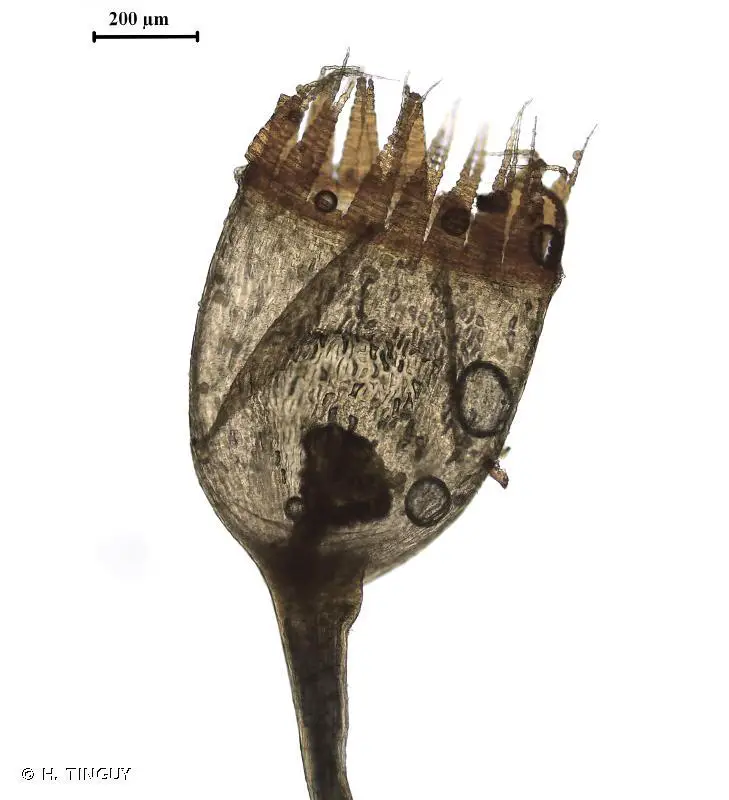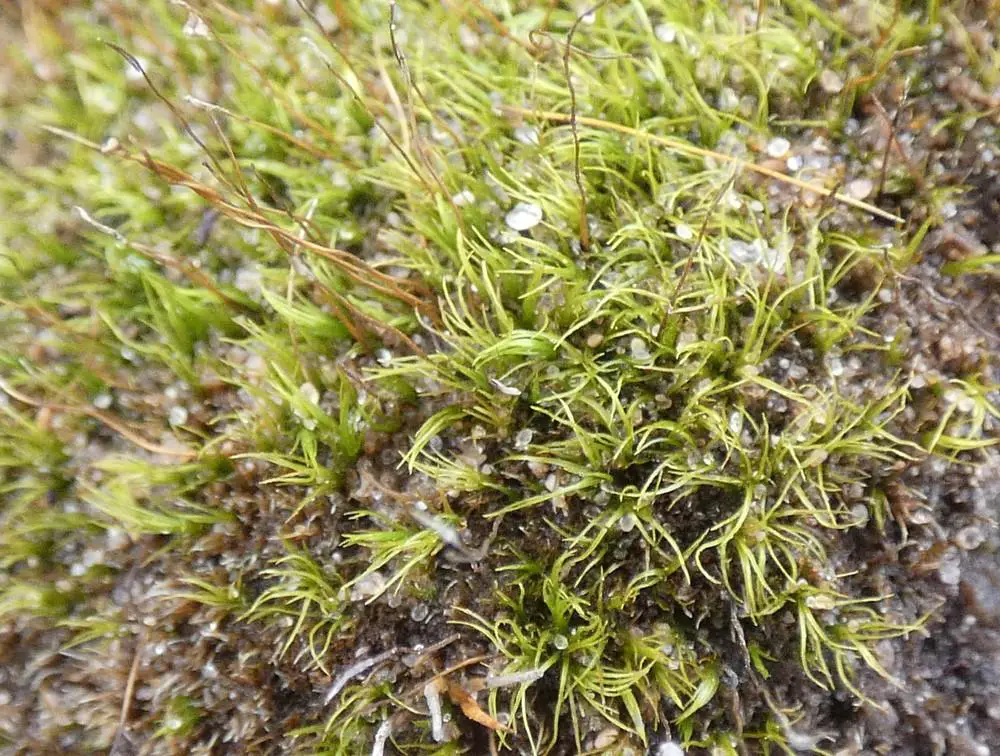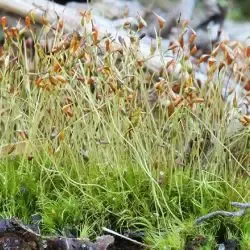Exploring the Enchanting World of Dicranella Cerviculata Moss
Affiliate Disclaimer: As an affiliate, we may earn a small commission when you make a purchase from any of the links on this page at no additional cost to you!

226046.jpg from: https://inpn.mnhn.fr/espece/cd_nom/4441
Introduction

62780854.jpg from: https://waarneming.nl/waarneming/view/264053158?_popup=1
In the vast and captivating world of bryophytes, the Dicranella cerviculata (Hedw.) Schimp. moss stands out as a remarkable member of the Dicranellaceae family. Often referred to simply as Dicranella, this unassuming yet fascinating moss has captured the hearts of enthusiasts worldwide with its unique characteristics and ecological significance.
Background
Before delving into the intricacies of Dicranella cerviculata, it’s essential to understand the broader context of bryophytes. These non-vascular plants, which include mosses, liverworts, and hornworts, are often overlooked but play a crucial role in various ecosystems. As pioneers of terrestrial life, they have adapted to thrive in diverse environments, from the lush rainforests to the arid deserts.
Main Content
Morphology and Identification
Dicranella cerviculata is a small, acrocarpous moss that forms dense, cushion-like tufts or mats. Its slender stems, typically reaching a height of 1-3 centimeters, are adorned with delicate, lanceolate leaves that curve inward when dry, giving the plant a distinctive appearance. The leaves are characterized by their cerviculata (neck-like) shape, which inspired the species’ name.
One of the most striking features of Dicranella cerviculata is its vibrant, golden-green color when moist, which transitions to a reddish-brown hue when dry. This color change is a remarkable adaptation that helps the moss conserve moisture and protect itself from desiccation.
Global Distribution and Habitat
Dicranella cerviculata is a cosmopolitan species, meaning it can be found on almost every continent, except Antarctica. This widespread distribution is a testament to its remarkable ability to adapt to various environmental conditions. From the temperate regions of Europe and North America to the tropical forests of Southeast Asia and South America, Dicranella has established itself as a resilient and versatile moss.
While Dicranella cerviculata can thrive in a wide range of habitats, it is particularly fond of disturbed areas, such as roadsides, eroded slopes, and recently burned or cleared sites. Its ability to colonize these environments quickly makes it a valuable pioneer species, helping to stabilize the soil and pave the way for other plants to establish themselves.
Ecological Roles and Adaptations
Despite its diminutive size, Dicranella cerviculata plays a vital role in various ecosystems. As a bryophyte, it contributes to the formation and maintenance of soil, acting as a sponge that absorbs and retains moisture, preventing erosion and providing a suitable environment for other organisms to thrive.
One of the remarkable adaptations of Dicranella cerviculata is its ability to survive periods of desiccation. When conditions become dry, the moss can enter a state of dormancy, curling its leaves inward to minimize water loss. Once moisture returns, it quickly revives, resuming its photosynthetic activities and continuing its growth.

a9436834cd3a2283d85419fed7c1e623.jpg from: https://www.asturnatura.com/especie/dicranella-heteromalla
Case Studies/Examples
In a study conducted in the Pacific Northwest region of North America, researchers found that Dicranella cerviculata played a crucial role in the recovery of forest ecosystems after wildfires. The moss was among the first colonizers, helping to stabilize the soil and create favorable conditions for the establishment of other plant species, ultimately contributing to the regeneration of the forest.
Technical Table
| Characteristic | Description |
|---|---|
| Phylum | Bryophyta |
| Class | Bryopsida |
| Order | Dicranales |
| Family | Dicranellaceae |
| Genus | Dicranella |
| Species | Dicranella cerviculata (Hedw.) Schimp. |
| Common Name | Dicranella Moss |
| Growth Form | Acrocarpous, cushion-like tufts or mats |
| Stem Height | 1-3 cm |
| Leaf Shape | Lanceolate, curved inward when dry |
| Color | Golden-green (moist), reddish-brown (dry) |
| Distribution | Cosmopolitan, except Antarctica |
| Habitat | Disturbed areas, roadsides, eroded slopes, recently burned or cleared sites |
Conclusion
The Dicranella cerviculata (Hedw.) Schimp. moss, a member of the Dicranellaceae family, is a true marvel of nature. Its ability to adapt to diverse environments, colonize disturbed areas, and contribute to soil formation and ecosystem recovery make it an invaluable component of our planet’s biodiversity. As we continue to explore and appreciate the wonders of the natural world, let us ponder this thought-provoking question: How can we better protect and preserve these unsung heroes of the plant kingdom, ensuring their vital roles in maintaining the delicate balance of our ecosystems?
